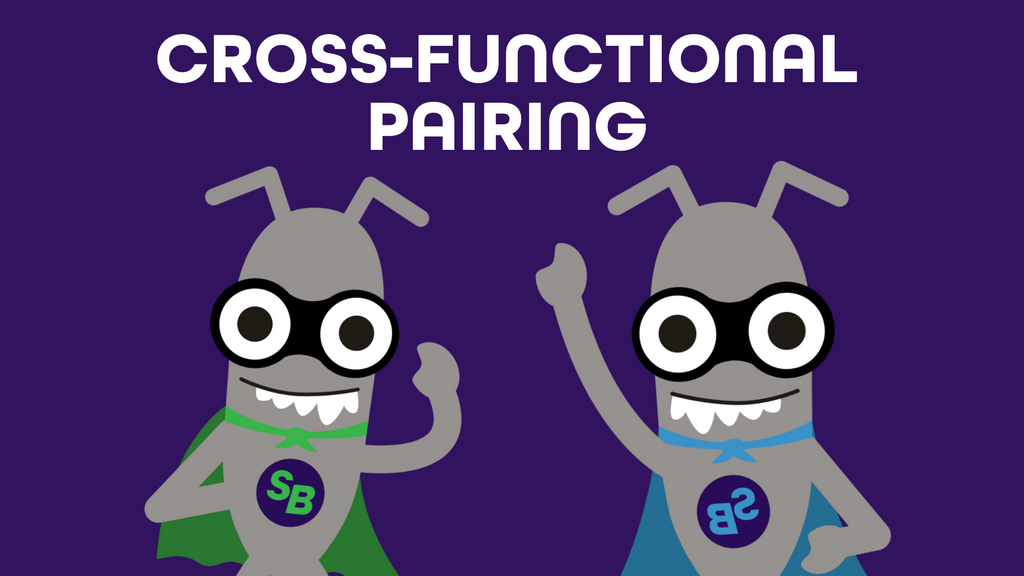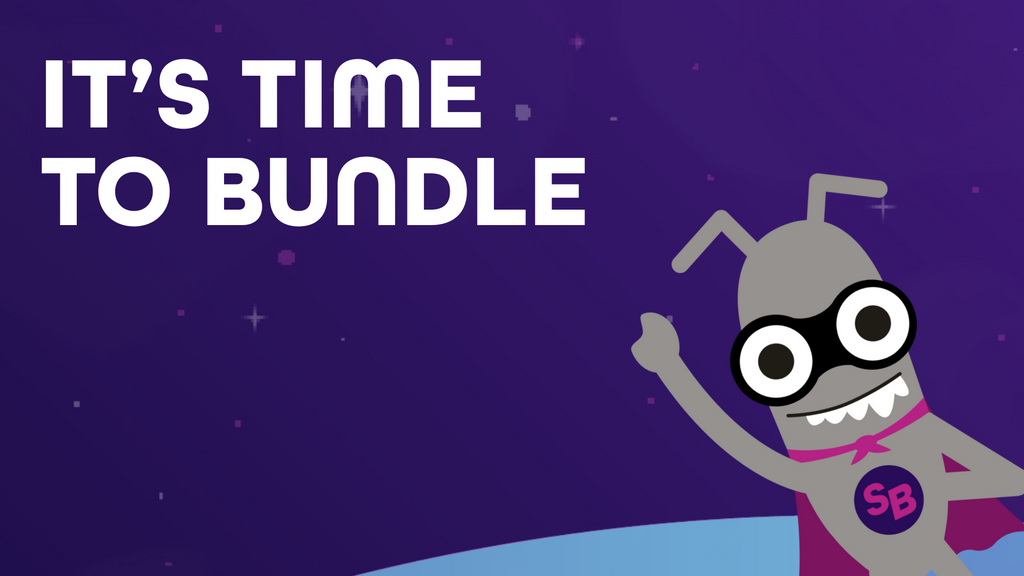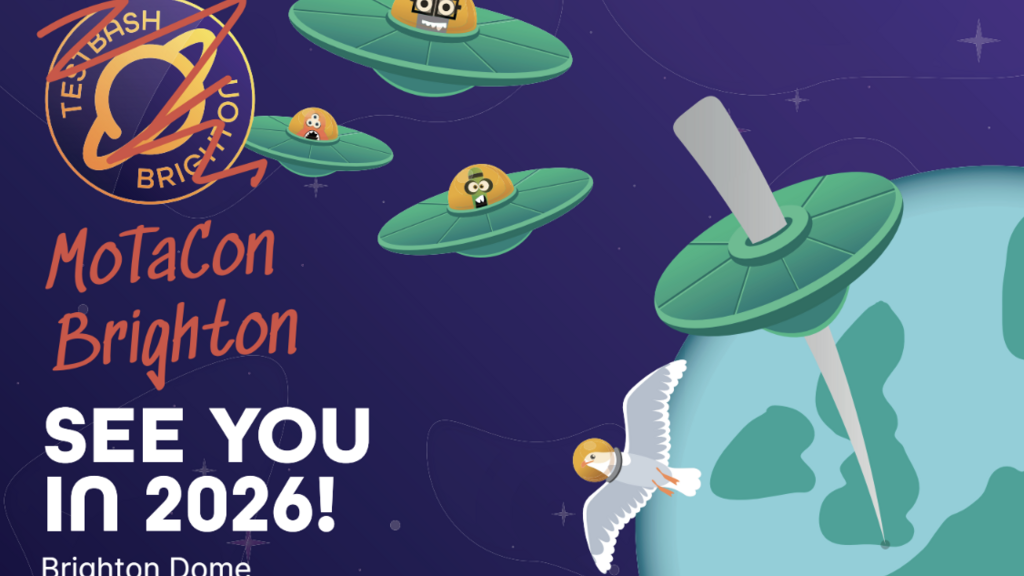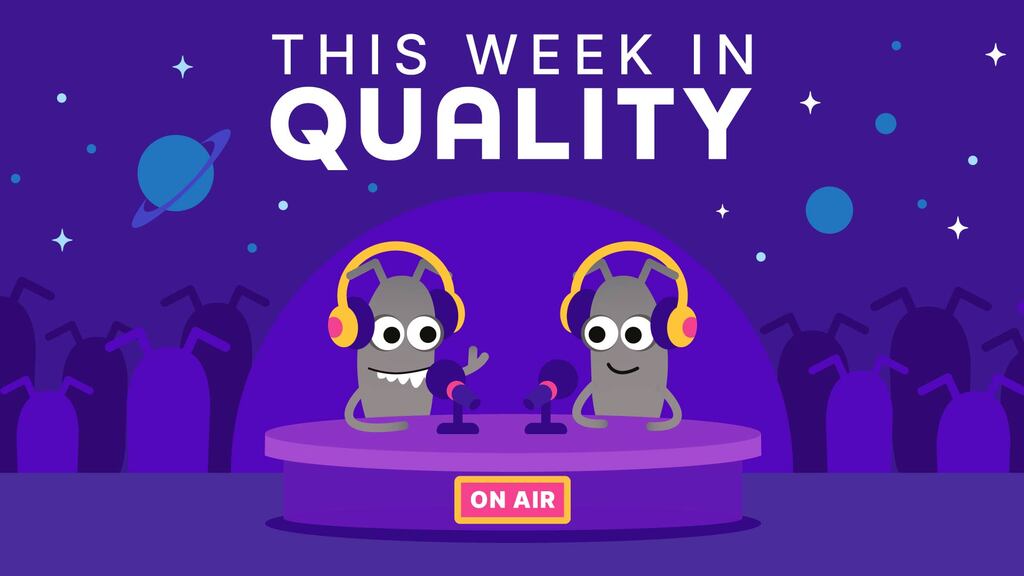Cross-functional pairing is a valuable collaborative technique where two people from different roles or disciplines work together on the same task. It is a way of breaking down the common silos that can arise between teams in a software development process. It allows pairing to go beyond the usual setup of two developers or two testers and get different roles' perspectives working together.
A cracking example is an analyst and a tester pairing up to review a set of requirements for a new feature. The analyst brings their deep understanding of the business needs and user goals. The tester, on the other hand, immediately starts thinking about risks, what could go wrong, and what questions need to be answered to test it properly. By collaborating from the start, they can identify ambiguities, logical bugs, and missing information long before a developer writes a single line of code.
This sort of collaboration can be used in many other situations as well. You may have a tester and a product manager collaborating to define a user story and its associated acceptance criteria. You could also have a designer and a tester collaborating on a new user interface, with the tester providing early feedback on potential usability bugs or issues that might affect a user's journey. It all comes down to combining different skill sets and perspectives to build a better quality product.
A cracking example is an analyst and a tester pairing up to review a set of requirements for a new feature. The analyst brings their deep understanding of the business needs and user goals. The tester, on the other hand, immediately starts thinking about risks, what could go wrong, and what questions need to be answered to test it properly. By collaborating from the start, they can identify ambiguities, logical bugs, and missing information long before a developer writes a single line of code.
This sort of collaboration can be used in many other situations as well. You may have a tester and a product manager collaborating to define a user story and its associated acceptance criteria. You could also have a designer and a tester collaborating on a new user interface, with the tester providing early feedback on potential usability bugs or issues that might affect a user's journey. It all comes down to combining different skill sets and perspectives to build a better quality product.




